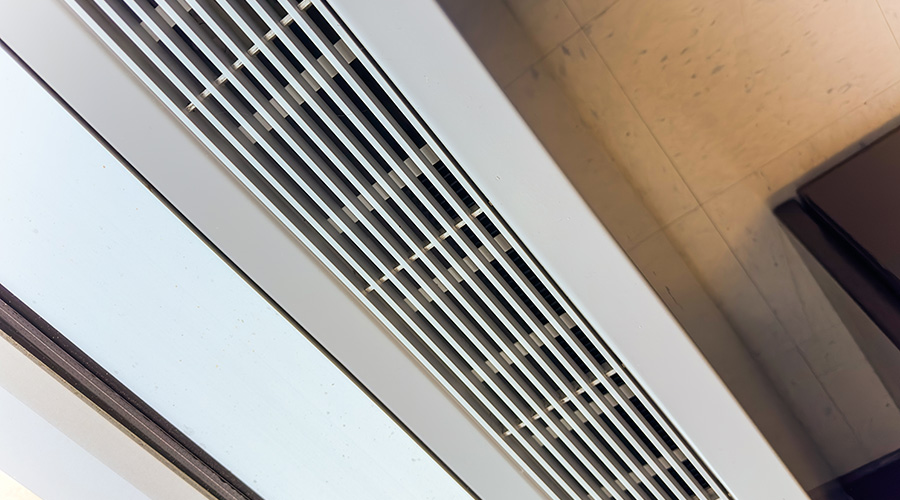The Consequences Of Bad IAQ
People spend about 90 percent of their time indoors. That may be a bad thing: In some buildings, the indoor air can be two to five times more polluted than outside air. The good news is that facility executives have the ability to control and even improve the indoor air quality (IAQ) of buildings.
Poor IAQ has two primary adverse consequences: poor occupant health and financial loss. Short-term health consequences include asthma and allergy attacks, headaches, flu-like symptoms, and irritation of the eyes, nose and throat. Long-term health consequences are potentially more serious. They may include respiratory and neurological diseases and even cancer. The monetary costs of remediating IAQ problems can reach into the millions of dollars, depending on the size of the building and the cause of the problem. Identifying and addressing IAQ issues early can save money in the long run.
Poor IAQ can also be costly in terms of lost productivity, health care and absenteeism, with losses reaching an estimated $20 billion annually in worker’s compensation and health care expenses, according to the U.S. Environmental Protection Agency. If the losses associated with absenteeism, illness and decreased productivity are included, EPA says, the total may exceed $120 billion.
Among the most important steps to promote good IAQ are source control of pollutants, proper ventilation, mold and moisture prevention, effective cleaning and maintenance practices, and IAQ monitoring.
A quick review of each area can help facility executives get their arms around the challenge of improving IAQ.
Related Topics:















